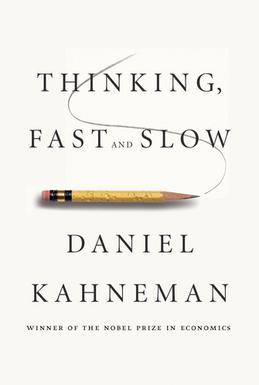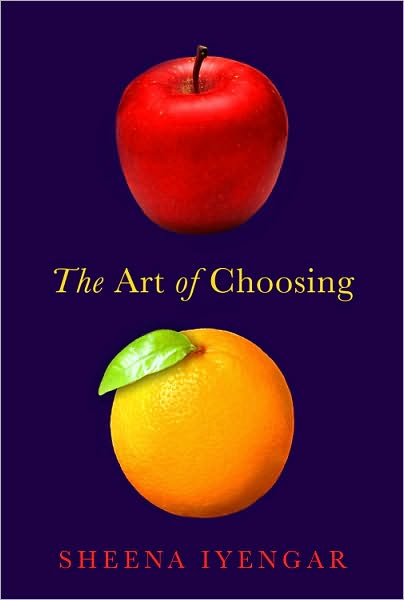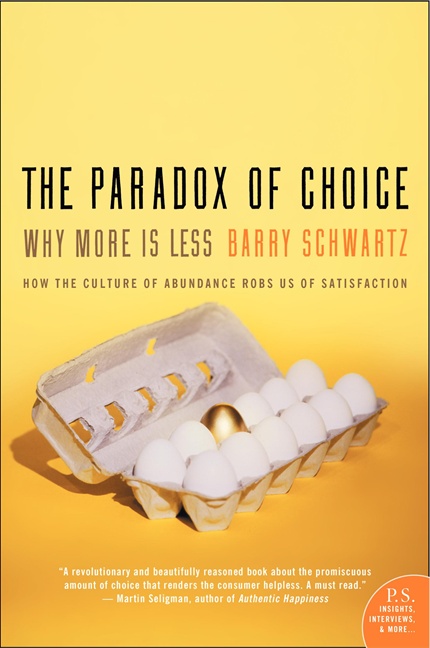Do we focus on first impressions at the expense of memorable finishes?
Have you ever had a construction or renovation project that goes something like this: At first, things start off well and there is a good relationship with the contractor. Their approach inspires confidence. Regular progress is made. But then the project hits a snag or two: something takes longer than budgeted for, or there is a delay with supplies. The level of service tapers off, as does the quality of workmanship (although interestingly, the invoices *don’t*).
I get it: most projects are a lot more fun at the front end. That’s the creative bit, and it’s full of possibilities. By comparison, the finishing stages are often full of niggling details and pieces that don’t quite fit as the plans said they should. It’s the point when the bits you didn’t quite think through at the beginning become painfully apparent.
If, at this stage, the contractor’s strategy is one of avoidance; trying to do as little as they can get away with to get the project off their books, the whole job ends on a sour note. And who’s going to recommend a contractor who they’ve had to drag across the finish line?

Finishing badly is even more disastrous when you consider the way we remember experiences. According to the peak-end rule, how an experience finishes has a strong influence on the way we recall it overall. Daniel Kahneman and his colleagues demonstrated that when we recall a physically painful experience (such as a colonoscopy, or putting our hands in very cold water), we judge it as being less unpleasant if the final stage was less painful, even if we endured the pain for a longer duration.
If we apply the peak-end rule to how we treat customers (and visitors), it would suggest that finishing on a high note is particularly important. We should definitely deliver what we promise, and only promise what we know we can deliver. If an experience ends with a pleasant surprise, that will enhance memory of the event overall. On the other hand, if it ends with disappointment, it sours the whole experience – no matter how well you did in the early stages.





